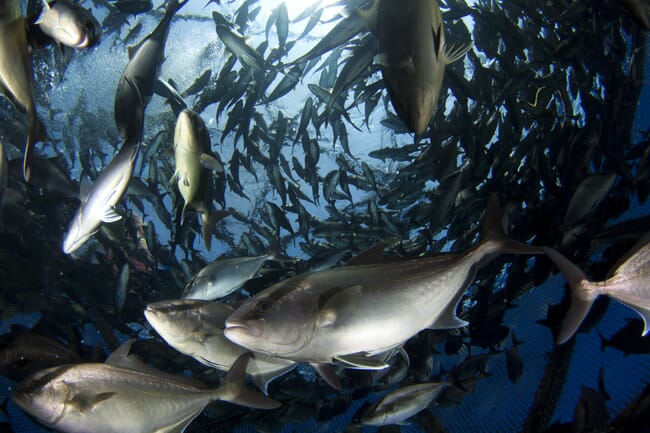
The 36-month project is led by marine scientist Dr Kay Vopel. He and his team will develop a protocol for monitoring the offshore seafloor and use new tech for non-invasive measurement, laboratory experiments and mathematical modelling. This includes a seafloor lander, with an acrylic chamber that encloses a small area of the seafloor and the overlying seawater. The chamber includes various sensors, which measure changes in the chemistry of the enclosed seawater. These measurements tell researchers if and how the sediment is processing organic fish waste.
Another tripod-shaped lander is used in their project to measure how much oxygen the processing of organic waste consumes. Part of the research is also concerned with the optimisation of the lander technology. Besides various environmental sensors, the two landers are fitted with release transponders, which can send and receive acoustic signals to and from the surface.
The first trial deployments have been done in New Zealand’s Queens Charlotte Sound to a depth of 82 metres. Once collected, samples of the chamber water are analysed in the laboratory to assess how the microbial processing of fish waste affects the sedimentary nitrogen cycle. Results will be used to develop predictive modelling to support farm management and legislative and policy frameworks.
Placing fish farms in offshore waters provides the benefits of farm waste dispersion, meaning less impact on the seafloor ecosystem. Seafloor sediment has its own microbial ecosystem breaking down organic fish waste, but there is currently no way to detect how much waste is too much waste.




